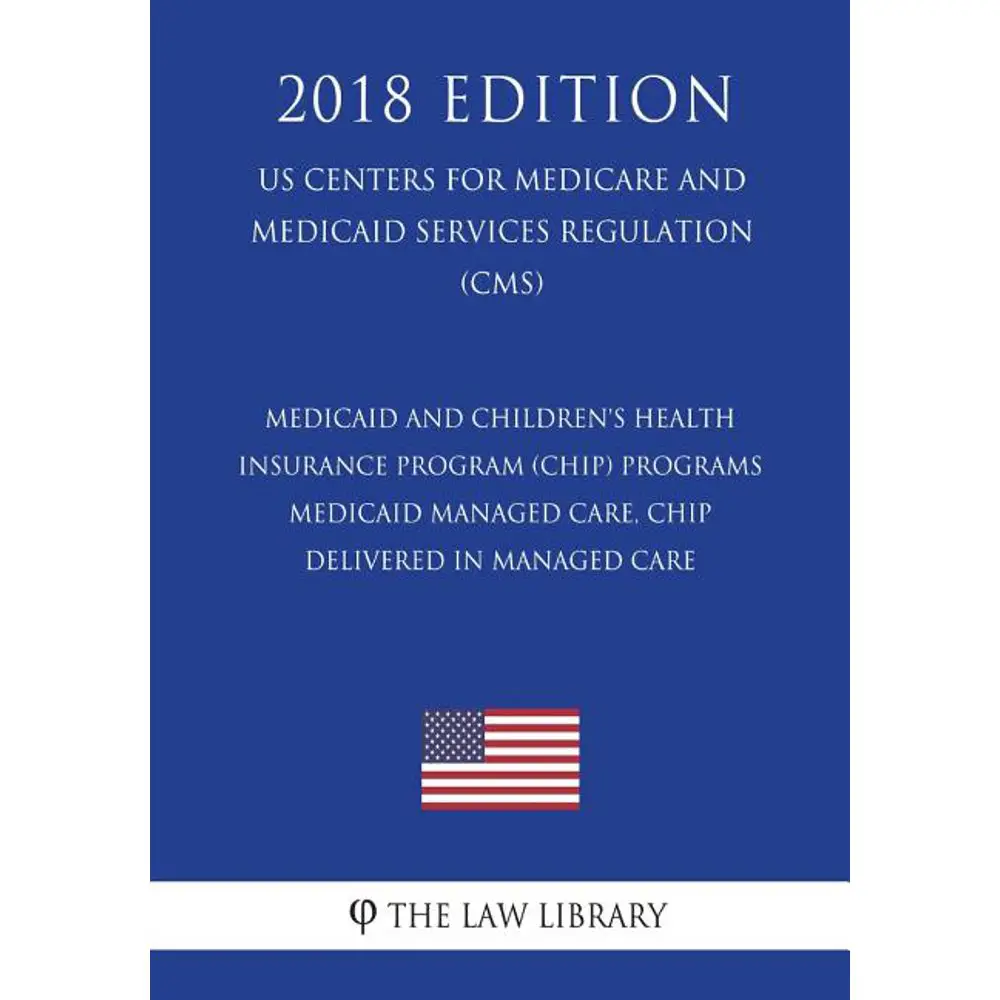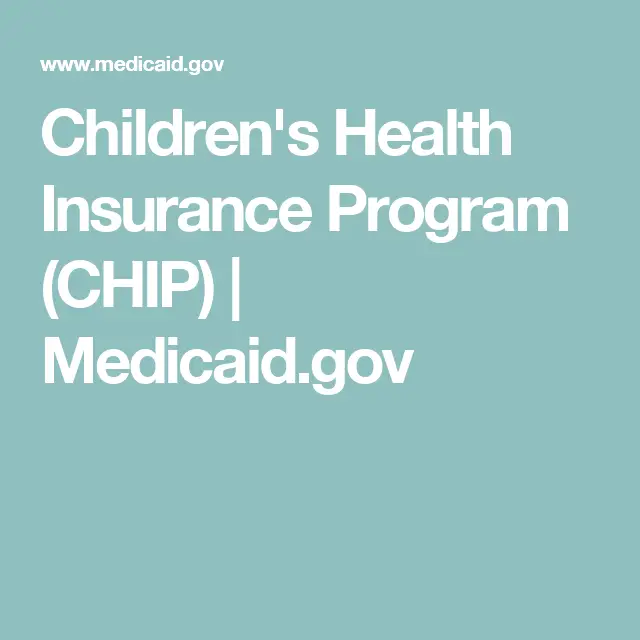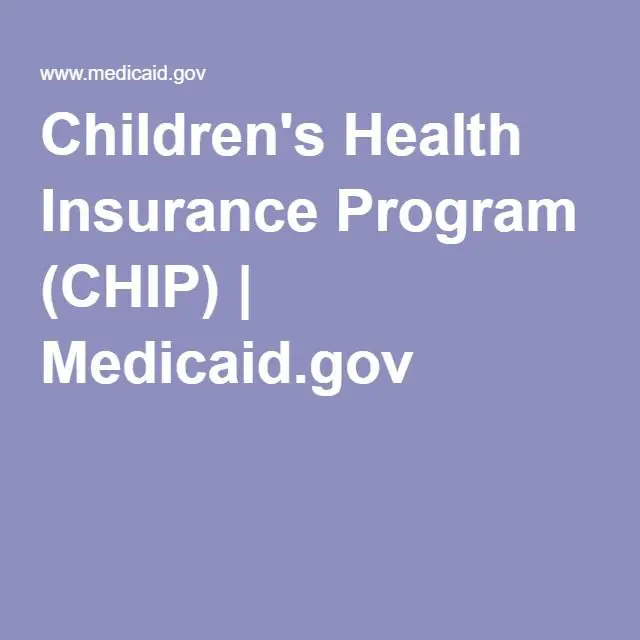Schakowsky Visits Planned Parenthood Location Following Roe V Wade Decision
EVANSTON – Yesterday, Congresswoman Jan Schakowsky, a Senior Chief Deputy Whip and Chair of the Consumer Protection and Commerce Subcommittee of the Energy and Commerce Committee, visited the Rogers Park Planned Parenthood of Illinois location following the Supreme Courts decision to overturn Roe v. Wade. The Congresswoman was accompanied by Jennifer Welch, President and CEO of Planned Parenthood of Illinois, and Monique Cortina, Manager of the Rogers Park Planned Parenthood facility.
Income Guidelines For Children’s Medicaid
Your income is the money you get paid before taxes are taken out. Find your family size on the table below. If your monthly income is the same or less, your child might get Children’s Medicaid.
| Family Members | Monthly Family Income |
|---|
| For each additional person, add: | $791 |
*A family of one might be a child who does not live with a parent or other relative.
What Income Level Must I Have To Qualify For Medicaid
The answer to this question isit depends on where you live.If your residential state expanded Medicaid during the Obama administration, you may qualify for Medicaid based on your income. If your Medicaid Office didnt expand its program, existing rules are used to determine your eligibility. Your family statuse.g. caring for a young child/children or pregnancy, annual income, family/household size, age, disability, and other criteria are considered.Each familys needs and situation differ. Complete a Medicaid application to learn if you qualify.
Recommended Reading: Medicaid Beds In Nursing Homes
How To Apply And Enroll In Chip
There are two main ways that you can use to apply for, enroll in and receive CHIP benefits. These are:
1 Call Directly
You can call 1-800-318-2596 and talk to the states CHIP representative.
2 Health Insurance Marketplace
You can also fill out an online application form through the Health Insurance Marketplace. If you think that a child in your household and qualify for CHIP or Medicaid, you will need to contact the Marketplace so they can send your information to the state agency. The state agency will then contact you for enrollment.
Once you submit your Marketplace application, you can find out if you qualify for an individual insurance plan with savings, according to your income.
The Proposed Rule Also Prohibits Some Policies That May Be Enrollment Barriers For Children In Chip

The proposed rule would eliminate waiting periods , coverage lockouts for failure to pay premiums, and annual or lifetime caps on benefits for children enrolled in separate CHIP programs. These policies are not permitted in Medicaid or other insurance affordability programs. Prior to the start of the pandemic, 13 states required waiting periods in S-CHIP of one month to 90 days, but two states have since eliminated their waiting periods. Additionally, prior to the pandemic, 14 states imposed a lockout period, usually 90 days, for failure to pay premiums. The proposed rule would also streamline processes to facilitate transitions between Medicaid and CHIP by requiring Medicaid and S-CHIP to accept eligibility determinations made by the other program, to develop procedures for each program to accept electronic transfers of information, and to provide combined notices for transitions between Medicaid and S-CHIP.
Also Check: Check To See If You Have Medicaid
Income Guidelines For Childrens Medicaid
Your income is the money you get paid before taxes are taken out. Find your family size on the table below. If your monthly income is the same or less, your child might get Childrens Medicaid.
| Family Members |
|---|
| For each additional person, add: | $791 |
*A family of one might be a child who does not live with a parent or other relative.
Health Coverage For Children Under The Aca
Under the ACA, eligibility for children through Medicaid and CHIP remains strong. The ACA requires states to use a uniform definition of income, called Modified Adjusted Gross Income , to better coordinate eligibility across health care programs. Using MAGI, more than half of the states cover children in families with incomes at or above 250% FPL and 19, including DC, cover children in families with incomes at or above 300% FPL . The ACA protects the gains already achieved in childrens coverage by requiring states to maintain eligibility thresholds for children that are at least equal to those they had in place at the time the law was enacted through September 30, 2019.
Figure 5: Childrens Eligibility for Medicaid/CHIP by Income, January 2014
While all states have already significantly expanded coverage to children through Medicaid and CHIP, not all eligible children are enrolled in the program due to lack of parent knowledge about their eligibility and historic enrollment barriers. Over 5.2 million of the 14 million currently uninsured individuals who are estimated to be eligible for Medicaid in 2014 are children.16 In states not implementing the Medicaid expansion, children account for 75% of the uninsured eligible for Medicaid or CHIP .
Figure 6: Uninsured Adults and Children Eligible for Medicaid / CHIP, 2014
Recommended Reading: Dermatologist In Montgomery Al That Accept Medicaid
When Fully Implemented The Proposed Rule Is Expected To Increase Coverage But Reduce Administrative Costs And Burden
The Centers for Medicare & Medicaid Services estimates that the rule would increase the number of person years of enrollment by nearly 3-million-person years after it is fully implemented in 2027 . The biggest source of new enrollment is due to changes made to eligibility processes for non-MAGI enrollees. Another 1.3 million new enrollment years come from changes relating to timeliness and returned mail policies that affect all Medicaid enrollees, and the final 0.1 million come from changes to the CHIP program.
The proposed rule estimates increased costs tied to Medicaid and CHIP enrollment gains of $23 billion in 2027 , two-thirds of which results from changes affecting all Medicaid enrollees , Changes to non-MAGI rules account for $7.4 billion and the remaining $0.4 billion stems from changes to the CHIP program. In that year, CMS also estimates $2.6 billion in new Medicare spending, $4.0 billion in savings on subsidies provided through ACA marketplace coverage, and $1.2 billion in savings from lower administrative costs and improvements to program integrity. The estimated change in federal spending in 2027 would be $12.8 billion.
Breast And Cervical Cancer Program
The Breast and Cervical Cancer Program is for South Dakota women who need treatment for breast or cervical cancer, including pre-cancerous conditions and early stage cancer.
Eligibility Requirements
- A woman must have been screened for breast and cervical cancer under the Breast and Cervical Cancer Control Program, administered by the Department of Health.
- A woman must be uninsured.
- A woman must meet age requirements.
- An individuals yearly income can be up to $27,180.
- Eligibility coverage ends when a woman’s course of treatment is completed or the state has determined that she no longer meets the criteria for this eligibility category.
Read Also: Dentist In Little Rock That Accept Medicaid
Federal Funding For Medicaid
When it comes to Medicaid, the federal government matches state spending dollar for dollar, at least in concept. It uses what are known as Federal Medical Assistance Percentages to determine how much it will pay. FMAPs take into account a states average income relative to the national average.
Each state is given an FMAP of at least 50 percent, i.e. the federal government pays 50 percent of Medicaid costs. All other states receive a higher percentage of Medicaid funds based on their calculated FMAP. With the lowest per capita income level, Mississippi will have a 2021 FMAP of 77.76% so that the federal government contributes $3.50 for every $1 the state spends.
In order to get federal Medicaid funding, the states agree to certain terms. The state is not permitted to put people on waiting lists, it cannot have an enrollment cap, and it cannot charge for premiums or copayments for anyone earning less than 150 percent of the FPL.
Read Also: Is Qsymia Covered By Medicaid
See If Your Children Qualify And Apply For Chip
Each state program has its own rules about who qualifies for CHIP. You can apply right now, any time of year, and find out if you qualify. If you apply for Medicaid coverage to your state agency, youll also find out if your children qualify for CHIP. If they qualify, you won’t have to buy an insurance plan to cover them.
Also Check: Which Medicaid Plan Should I Choose
Children’s Health Insurance Program
The Children’s Health Insurance Program formerly known as the State Children’s Health Insurance Program is a program administered by the United States Department of Health and Human Services that provides matching funds to states for health insurance to families with children. The program was designed to cover uninsured children in families with incomes that are modest but too high to qualify for Medicaid. The program was passed into law as part of the Balanced Budget Act of 1997, and the statutory authority for CHIP is under title XXI of the Social Security Act.
CHIP was formulated in the aftermath of the failure of President Bill Clinton‘s comprehensive health care reform proposal. Legislation to create CHIP was co-sponsored by Democratic Senator Ted Kennedy and Republican Senator Orrin Hatch, and received strong support from First Lady Hillary Clinton. Despite opposition from some conservatives, SCHIP was included in the Balanced Budget Act of 1997, which President Clinton signed into law in August 1997. At the time of its creation, SCHIP represented the largest expansion of taxpayer-funded health insurance coverage for children in the U.S. since the establishment of Medicaid in 1965. The Children’s Health Insurance Reauthorization Act of 2009 extended CHIP and expanded the program to cover an additional 4 million children and pregnant women, and the Bipartisan Budget Act of 2018 extended CHIP’s authorization through 2027.
South Dakota Medicaid For Workers With Disabilities

The South Dakota Medicaid for Workers with Disabilities program is for South Dakotans who are employed and have a significant disability. This program allows individuals with disabilities to return to work or remain working.
Eligibility Requirements for MAWD
- The individual must be employed.
- The individual must have a significant disability.
- The individual must have resources less than $8000.
- The individual must have less than $814 of monthly unearned income (money such as VA or SSDI not money earned from your job or business.
You May Like: Whats The Difference Between Medicaid And Chip
South Dakota Medicaid For Youth Formerly In Foster Care
The Former Foster Care Medical Program provides extended medical coverage for youth age 18 to 26 that are leaving State foster care after their 18th birthday. Referrals for this program are normally generated by the Division of Child Protection Services staff. You may also call 877.999.5612 for further information.
Eligibility Requirements
- The youth must have been in foster care under the responsibility of the State of South Dakota on his/her 18th birthday.
- The youth must be a resident of South Dakota.
- There is no resource or income limit.
- Eligibility continues from the month the youth is no longer under the responsibility of the State until the end of the month in which the youth attains age 26 if s/he meets all other eligibility requirements.
Health Coverage Of Children Pre
Experience with Medicaid and CHIP demonstrates that the combined effects of eligibility expansions, enrollment simplifications, and outreach efforts lead to increased coverage and reductions in the number of uninsured children over time. Medicaid provides the foundation of coverage for poor and near poor-children. CHIP was created in 1997 as a complement to Medicaid to provide coverage to uninsured children who were not eligible for Medicaid. CHIP, which provided states some flexibility on program design, as well as a higher federal match rate compared to Medicaid, helped spur efforts to expand eligibility to reach more low-income children, adopt strategies to simplify enrollment and renewal processes and conduct outreach and enrollment efforts. A year ahead of the implementation of the ACA, median eligibility levels for children were 235% FPL and states had adopted an array of enrollment simplification procedures to make it easier for children to obtain and maintain coverage. As a result of these combined efforts, Medicaid and CHIP have helped to reduce the uninsured rate for children to a record low of 7% in 2012. Coverage gains continued for children during the recent economic downturn when uninsured rates for adults climbed .
Figure 1: Uninsured Rates Among Nonelderly Adults and Children, 1997-2012
Figure 2: Uninsured Rates for Children by State, 2011-2012
Figure 3: Health Insurance Coverage of Children by Income and Race, 2012
Recommended Reading: Can I Get Medicaid If I Live With Someone
Schakowsky Reintroduces The Lymphedema Treatment Act
EVANSTON Today, Congresswoman Jan Schakowsky , a Senior Chief Deputy Whip, was joined by Reps. Buddy Carter , Earl Blumenauer and Mike Kelly in reintroducing The Lymphedema Treatment Act. The Lymphedema Treatment Act, H.R. 3630, was reintroduced with 147 original co-sponsors, the most original cosponsors – in both the House and Senate – than any other healthcare bill thus far in the 117th Congress. The legislation ensures that Medicare Part B covers compression garments, the clinically-recognized treatment for lymphedema.
Ways To Apply For Chip:
- Fill out an application through the Health Insurance Marketplace®. If it looks like anyone in your household qualifies for Medicaid or CHIP, well send your information to your state agency. Theyll contact you about enrollment. When you submit your Marketplace application, youll also find out if you qualify for an individual insurance plan with savings based on your income instead. Create an account or log in to an existing account to get started.
FYI: Apply any time
You can apply for and enroll in Medicaid or CHIP any time of year. Theres no limited enrollment period for either Medicaid or CHIP. If you qualify, your coverage can start immediately.
Read Also: Physical Therapy Offices That Accepts Medicaid
How To Apply For Health Insurance Financial Aid
Applying for most health insurance financial aid starts with the Marketplace. Although some states run their own marketplaces, the federal website will redirect users to those marketplaces when appropriate. Medicare beneficiaries in need of assistance should contact their state’s Medicaid office.
To apply for assistance, you may need to provide documentation supporting your claims, including confirmation of immigration status, citizenship, social security number, household income, and American Indian or Alaskan Native status.
If you’re at risk of taking on medical debt even with insurance, individual hospitals have financial assistance or charity care programs to defray unexpectedly high bills. Many hospitals use charity care applications to determine if a patient qualifies for one or more of the government programs above, and otherslike Ohio Healthoffer interest-free loans to patients who do not qualify for other discounts.
Why Is Continuous Coverage Important For Children
Once enrolled in Medicaid or CHIP, it is critical that children stay covered without unnecessary administrative red tape. Even a short gap in coverage can result in a child missing needed care such as treatment for chronic conditions like asthma left untreated, these conditions are likely to result in visits to the emergency room and missed school days.2 Gaps in coverage can also create financial hardship. Even if just one family member is uninsured, the whole family is exposed to incurring medical debt, placing their economic security at risk. Additionally, providing children with continuous coverage leads to greater coverage rates which are associated with better health, reduced school absenteeism, and higher academic achievement for children and, potentially, fewer lost work days and lower medical debt for their parents.3
You May Like: How Are Medicare And Medicaid Different
Potential Cuts To Chip Funding
CHIP has struggled to maintain its funding too. Federal funding for the program was set to expire in September 2017. Congress approved a stop-gap measure in December 2017 to extend funding into March 2018. It was not until January 2018 that Congress passed a more long-term solution, a retroactive six-year extension through 2023.
That very same legislation also decreases the federal matching rate over time. Any enhanced FMAP rates for CHIP that were established by the Affordable Care Act would be reduced to the regular federal match rate by 2021. With less money put into the program, fewer children may be covered.
While block grants are currently used for the CHIP program, the CHIP program is significantly smaller in scale than Medicaid. Block grants limit how many children can be covered under the CHIP program. This explains why 15 states currently have waiting lists for CHIP.
In May 2018, the White House presented a rescission proposal that would cut $7 billion from CHIP. The proposal was not approved by Congress.
Impacts To Medicaid And Chip

To comply with the continuous enrollment requirement in the FFCRA, state Medicaid agencies have not terminated ineligible individuals since early 2020. This helped prevent people with Medicaid and CHIP from losing health care coverage during the pandemic. Because of FFCRA and the effects of the pandemic, Medicaid and CHIP enrollment grew by more than 16 million, allowing record high levels of children and families to preserve access to health care nearly 87 million as of January 2022.
When the PHE expires, states will complete eligibility renewals for most individuals in Medicaid and CHIP for the first time since March 2020. Given that significant time may have elapsed since families were last required to renew, states may have outdated contact information for a substantial number of program enrollees. Almost 15 million enrollees, including children, young adults, and other vulnerable populations, could be at risk of losing Medicaid or CHIP coverage, though many may be eligible for other coverage options, including through the Health Insurance Marketplace.
Also Check: Does Medicaid Cover Breast Reduction Surgery
